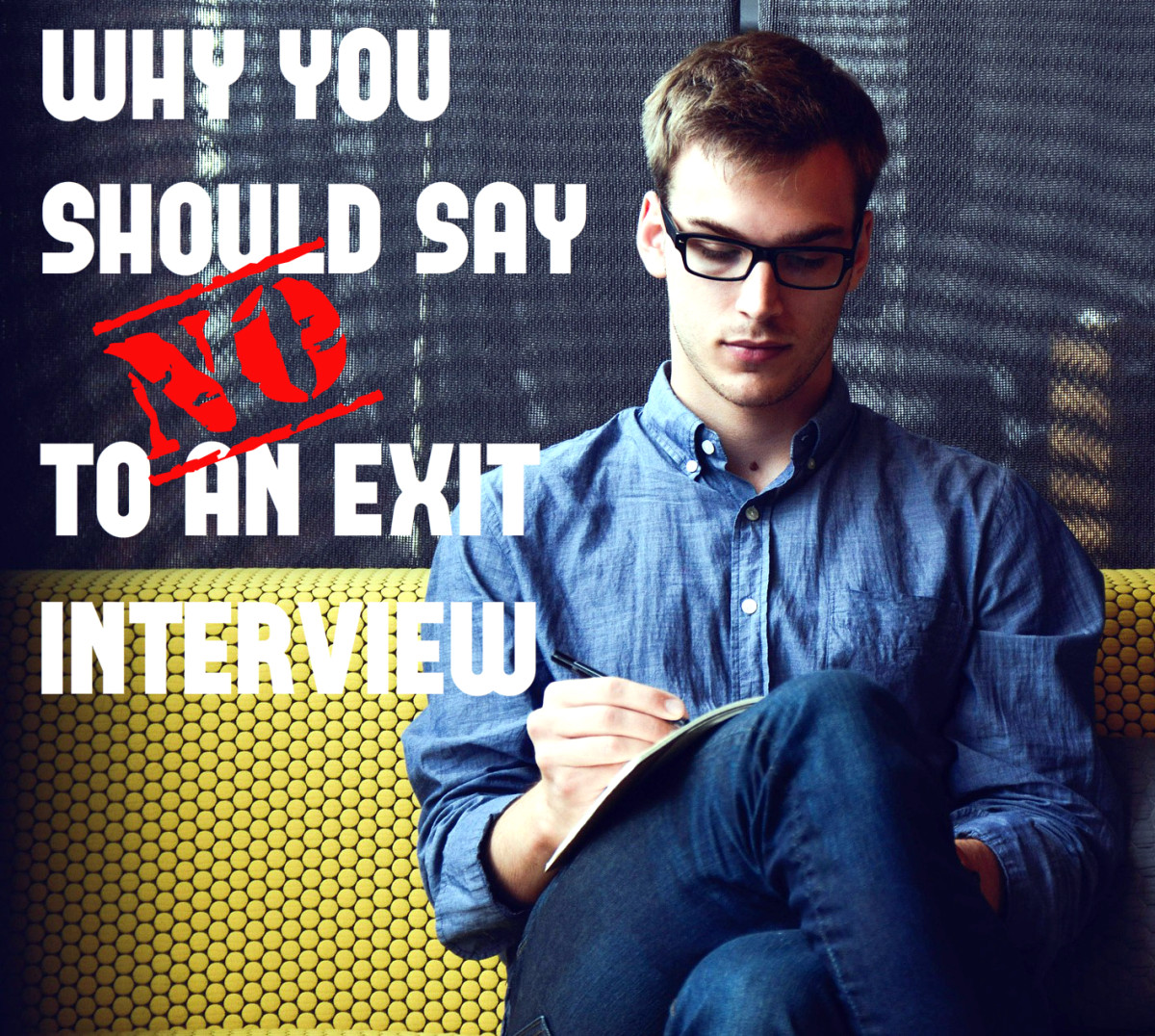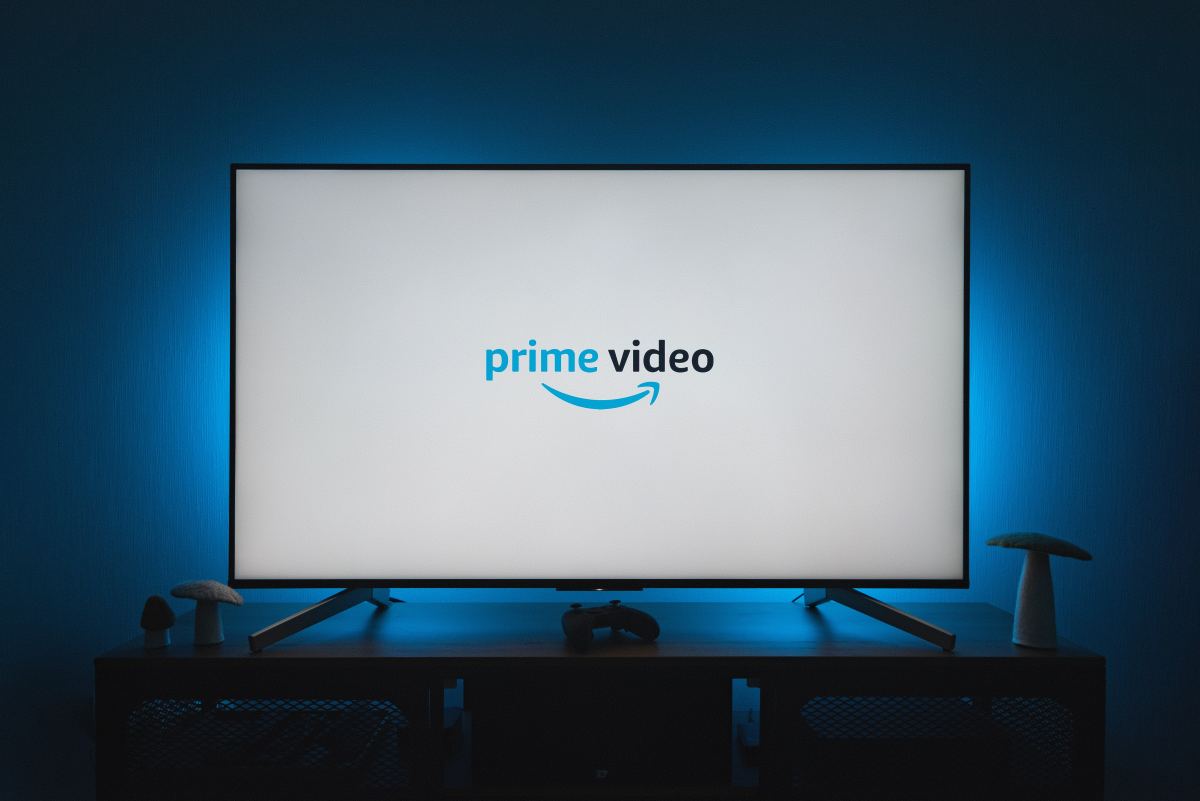A Celebration of Failure
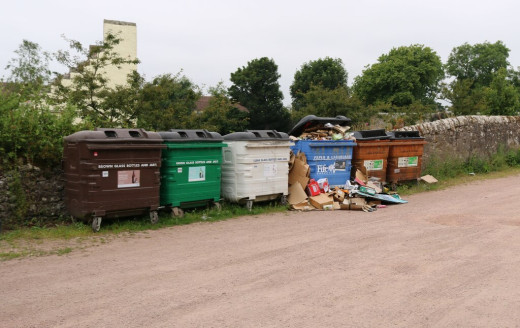
Learning Experiences
We are told that mistakes are learning opportunities and when they happen on an industrial scale they can be very costly.
So, let's look at a few examples that with perfect hindsight we can say “What on Earth were they thinking.”
The Museum of Failure
Samuel West is a clinical psychologist who teaches organizations that there is a positive side to messing up. The corporation that says “Failure is not an option” stifles innovation as staff become averse to taking risks that might bring huge rewards.
In 2017, Dr. West started up the Museum of Failure in Sweden. But, this is not like most museums; it has no bricks and mortar location but travels to different sites for temporary exhibitions. It has appeared in New York, Shanghai, Paris, and other major centres of commerce.
Writing for Smithsonian Magazine, Sarah Kuta tells us that “The majority of all innovation projects fail and the museum showcases these failures so that we can learn from them.”
Dolls that Flopped
Hasbro is a big name in the game and toy business. Its catalogue includes Play Doh, Mr. Potato Head, G.I. Joe, and Furby, but it lacked a successful doll for girls. Tasked with filling that gap, the design staff created Little Miss No Name in 1965.
She was barefoot and dressed in burlap rags. She had huge, doleful eyes and a tear on her cheek. Packaged in a box, she had a hand extended, as if begging. There was even a pleading note that said, “I need someone to love me. I want to learn to play. Please take me home with you and brush my tear away.”
The idea was that Little Miss No Name was a contrast to the affluent glamour of Mattel's highly successful Barbie. It was supposed to engender notions of compassion in children. It didn't work.
The Museum of Failure tells us that when they saw the sad little doll, “Most kids were terrified.” The toy was cancelled.
The design crew at Hasbro shouldn't be too hard on themselves over Little Miss No Name's demise. One of the world's greatest inventors came up with a clunker when he tried to get into the doll market.
In April 1890, the first Talking Doll emerged from Thomas Edison's West Orange, New Jersey complex. It had a porcelain head, wooden limbs, and a tin body containing a miniature phonograph.
Understandably, customers thought the Talking Doll would—well—talk, but all it did was recite a nursery rhyme such as Hickory Dickory Dock when a crank was turned in its back.
There were other problems. The crank handle would go missing, the sound quality was bad and got worse with use, and internal components failed within days. Retailers were swamped with returns and the Talking Doll was removed from stores in three weeks.

Food Follies
Large food conglomerates spend a lot of money in developing new products to tickle our taste buds. Occasionally, they hit a winner, but mostly they don't.
McDonald's knows everything there is to know about fast food but it was made some epic goofs in adding new items to its menu:
- McPizzas had to be cooked to order, something that took about 10 minutes—the antithesis of fast food. There were traffic snarls at the drive-through window and the McPizza was no more.
- McSpaghetti was another unhappy venture into fast food. Customers decided that if they wanted “Italian” they would go to Pizza Hut or Dominos.
- McMozzarella sticks were a huge disappointment. Breaded and deep fried, customers got three for a dollar, but many felt cheated. Images appeared on social media of the hollow centre of the sticks and lawsuits followed. McDonald's decided the product was not worth the hassle.
- McAfrika was a fairly standard burger served in pita bread rather than a bun. There was nothing wrong with the product except for the hideous timing of its launch. It arrived on the market in Norway in 2002 at a time when massive famines were stalking many countries in Africa. There were protests.

But, let's not just pick on McDonald's. There are plenty of other food goofs to report on.
- Heinz thought the world needed purple and green ketchup. The world thought it didn't, and quite firmly decided that ketchup is red and only red.
- A university, an airline, vodka, casinos were among the many products that failed under the guiding hand of master businessman Donald Trump. So, Trump Steaks were pretty much guaranteed to go rancid, and they did, in just two months. They were, of course, “The World's Greatest Steaks” but customers found them to be just the same as ordinary steaks bought at the grocery store for way less money than Trump was charging. (For more Trumpian blunders see Bonus Factoids below).
- Potato chips are not so great because they are loaded with fat. Enter Proctor and Gamble's olestra, a synthetic oil. In 1996, out came Pringles, Ruffles, and Doritos cooked in olestra. Potato chips with zero fat and low calories—what's not to like? However, the olestra turned out to be digestive system unfriendly and phrases such “fecal urgency” and “anal leaking” were heard. Oh, the humanity.
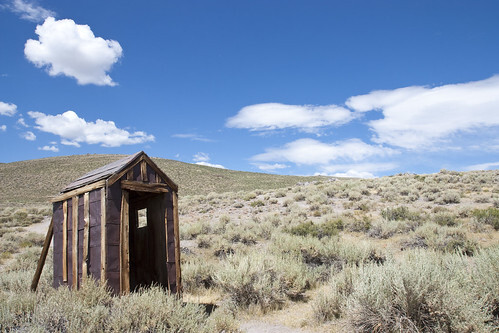
Miscellaneous Mishaps
There have been many other real doozies marketed to the general public; herewith, a random selection.
- The Juicero was launched as a $700 gadget (quickly reduced to $400 to overcome sticker shock) that churned out healthy juices. Veggie packages bought from Juicero were shoved into the machine, a button was pressed, and a glass of juice delivered. But most people had a blender in their kitchen so a $400 gizmo was superfluous. Juicero was launched in 2016; it sank in 2017.
- Another hyped-up product that customers didn't see the need for was the Segway. It was an innovative, self-balancing, two-wheeled vehicle that carried a price tag of about $5,000. It was introduced in 2001 but never lived up to its promise, and there were safety concerns. The company changed ownership a couple of times to end up in the hands of James Heselden in 2010. In a tragic irony, Heselden was riding a Segway in 2011 when he lost control and plunged over an 80-foot cliff. Heselden was 62,
- Linda Evans, star of Dynasty and The Big Valley, was hired to be the front for the Rejuvenique Facial Toning Mask in 1999. Users were to place a plastic mask that looked like it came from the props department of a horror movie over their faces. Then, small electric shocks were delivered to tighten up face muscles. One user said it “feels like a thousand ants are biting my face.” It didn't last a year.
Bonus Factoids
- You have a fancy for some microwaved lasagna. It might happen. Who do you turn to? Colgate Palmolive of course. You know them for Fleecy and Irish Spring. But lasagna? The story is that Colgate Palmolive launched a venture into the frozen food business in the 1980s but that potential customers couldn't get their heads around a toothpaste manufacturer selling pasta. The Museum of Failure says Colgate Lasagna was an epic catastrophe, the company says it never happened. However, it's reported on many websites as factual.
- Remember Blockbuster? There would be 75 copies of an action movie and one copy of a movie with a great plot and script. In 2000, the founders of Netflix offered to sell their platform to Blockbuster for $50 million. No thanks, said Blockbuster. Now, there is no Blockbuster and Netflix offers 75 action movies and one movie with a great plot and script. It's called progress.
- Comedic musician Victor Borge used to tell the joke about his uncle who invented 4 UP, 5 UP, and 6 UP. They all failed so he quit. A related quote comes from Thomas Edison: “Many of life's failures are people who did not realize how close they were to success when they gave up.”
- Edison's Talking Doll sold for $10 (about $350 in today's value). At the time of writing, one is for sale on ebay with an asking price of $6,500.
- In addition to the ones mentioned above, one man is behind perhaps the longest list of failures: Trump Marina (originally Trump’s Castle), Trump Ice, Trump Magazine, GoTrump.com, Trump Cologne, Trump Mortgage, Trump Home, Trump: The Game, Trump Foundation, Trump Communications (Trumpet), Tour de Trump, Trump on the Ocean, the Trump Network, Trump!, Trump Tower Tampa, Trump SoHo Hotel, Trump New Media, Trump Institute, and Trump Presidency.
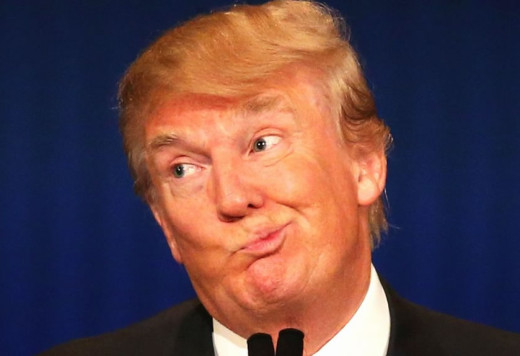
Sources
- “The Museum of Failure Celebrates Some of the World’s Biggest Flops.” Sarah Kuta, Smithsonian Magazine, March 29, 2023.
- “Little Miss No Name Dolls: The 1960s Barbie Alternative With ‘Big Eyes.’ ” Rosemary Giles, Vintage News, August 19, 2022.
- “The Epic Failure of Thomas Edison’s Talking Doll.” Victoria Dawson, Smithsonian Magazine, December 18, 2020.
- “The Real Reason McDonald's Mozzarella Sticks Were a Failure.” Khyati Dand, mashed.com, April 4, 2022.
- “The Biggest McDonald’s Menu Fails of All Time.” Meghan Jones, Reader's Digest, June 19, 2025.
- “What Were They Thinking?!” Museum of Failure, undated.
- “74 Failed Products that Didn’t Live up to the Hype.” Andželika and Damanjeet Sethi, boredpanda.com, January 31, 2024.
- “A Complete List of Donald Trump’s Business Disasters.” Ashley Feinberg, gawkerarchives.com, March 3, 2016.
This content is accurate and true to the best of the author’s knowledge and is not meant to substitute for formal and individualized advice from a qualified professional.
© 2025 Rupert Taylor


